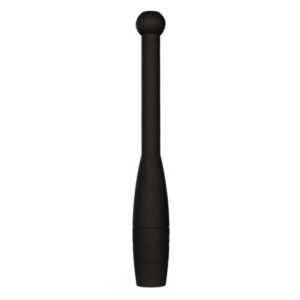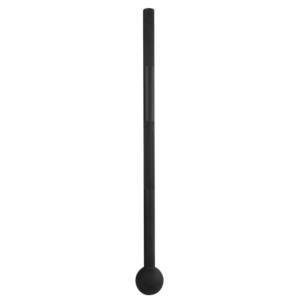
In the ever-evolving landscape of fitness, where new exercise modalities and equipment are constantly introduced, some ancient tools are making a powerful resurgence. Club bell training, a practice with roots dating back centuries, is experiencing renewed popularity for its ability to build strength, enhance functional fitness, and improve overall physical conditioning. In this article, we will explore the origins, training techniques, benefits, and modern-day applications of Clubbell training, shedding light on its unique place in the world of fitness.
Clubbell training finds its origins in ancient India, Persia, and Greece, where clubs or “gadas” were used as both weapons and exercise tools. These clubs gradually evolved into the modern Clubbells we see today.
India played a significant role in the development of Clubbell training. Indian wrestlers and warriors used Gada training to build strength and endurance, which later influenced the evolution of Clubbells in Persia and Greece.
A Clubbell is a cylindrical weight with a handle in the center, allowing for a versatile range of movements and grips. Modern Clubbells are typically made of steel, making them durable and suitable for various exercises.
Clubbells come in a range of weights, from a few pounds to over fifty pounds, allowing users to select the appropriate weight for their fitness level and goals.
Clubbell training often begins with basic swinging exercises. These movements include single-arm and double-arm swings, which engage the shoulders, core, and lower body while enhancing balance and coordination.
Circular movements, such as the “mill,” involve rotating the Clubbell around the body in controlled patterns. These exercises challenge mobility and functional strength.
Advanced practitioners can engage in complex Clubbell sequences, combining multiple movements into a flowing routine. These sequences promote cardiovascular conditioning, strength, and mental focus.
Clubbell training engages multiple muscle groups, including the shoulders, back, arms, and core. This comprehensive approach to strength building enhances functional fitness for everyday activities.
The asymmetrical nature of Clubbell exercises requires constant core engagement for stability. As a result, practitioners develop a strong and stable core, which is essential for injury prevention and posture improvement.
Many Clubbell movements involve dynamic stretching, which can improve joint mobility and flexibility. This is particularly valuable for individuals looking to increase their range of motion.
Clubbell training can elevate the heart rate, making it an effective cardiovascular workout in addition to strength training. It promotes fat loss and enhances overall cardiovascular health.
The precision and concentration required for Clubbell training promote mental focus and mindfulness, making it a meditative practice that can reduce stress and improve mental clarity.
Clubbell training has seen a resurgence in recent years, drawing fitness enthusiasts and athletes alike. Its versatility and effectiveness in building functional strength have made it a valuable addition to many training regimens.
Fitness professionals have adapted Clubbell training to align with modern fitness goals. Gyms and fitness centers now offer Clubbell-focused classes and workshops, introducing the practice to a broader audience.
The availability of online tutorials, communities, and resources has made Clubbell training accessible to individuals interested in exploring this unique fitness practice.
Beginners should start with a lighter Clubbell to learn the basics and develop proper technique. As proficiency increases, individuals can gradually progress to heavier Clubbells.
Proper form and technique are essential to prevent injuries. Seek guidance from a certified instructor or experienced practitioner to learn the fundamentals correctly.
Start with basic Clubbell movements, focusing on mastering the fundamentals before attempting more advanced exercises. Concentrate on technique and control.
Always warm up before starting a Clubbell workout, and include stretching and cool-down exercises to reduce the risk of injury and promote recovery.
Clubbell training stands as a testament to the timeless appeal of ancient fitness practices. Combining history, functionality, and contemporary adaptability, the Clubbell has found its place in the world of fitness as a dynamic and effective training tool.
Whether you’re an athlete aiming to enhance your performance, a fitness enthusiast searching for a fresh and engaging workout experience, or simply someone intrigued by the convergence of tradition and modernity, Clubbell training offers a captivating journey into the realm of functional strength, coordination, and balance—a journey that continues to empower individuals on their quest for physical and mental well-being.


